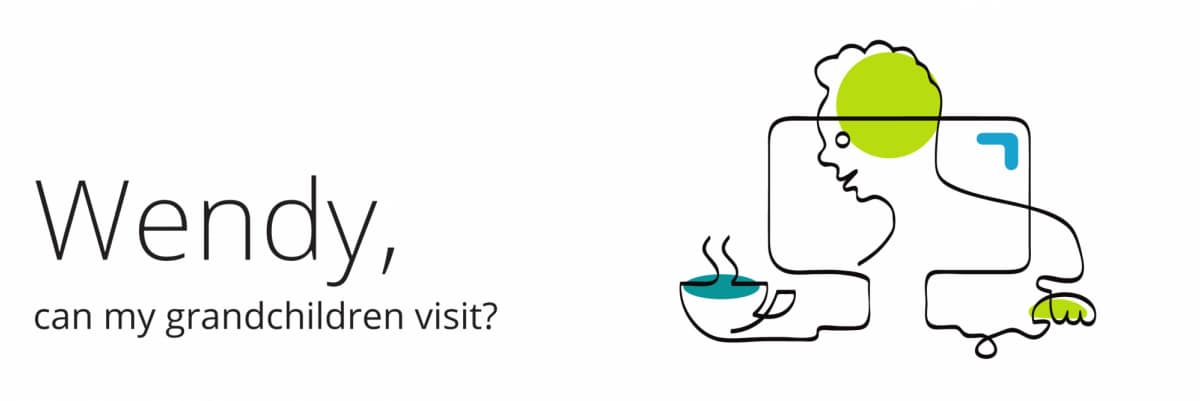1 min read
Hello, how may A.I. help you?

Meet Wendy. Wendy is a nurse at Omring, a large residential care and homecare organisation in the northern part of the Netherlands. It’s been a busy few months for Wendy answering questions related to COVID-19.

But if you were imagining a human being here, think again. Wendy is a digital human. Wait, what? Wendy looks like a human, but is in fact powered by artificial intelligence (AI). This means she can hear and understand the context of a conversation while maintaining a personal experience. With voice and visual interaction, she goes far beyond your average chatbot.
When COVID-19 emerged, the people under Omring’s care – all part of the high-risk group – had many questions. “Can I shop for groceries myself? Can my grandchildren visit?” Many were also feeling lonely as nurses could not visit clients at home anymore due to risk of infection.
Our team of developers quickly sped up the creation of Wendy. In five weeks, we were ready to test her with Omring nurses, clients and our own grandparents. In May 2020, Wendy started helping clients, but was publicly available for older people throughout the country. She answered their questions through validated resources such as the website of the Dutch institute for public health, and was even able to have a nice chat.
The next career step for Wendy is to answer broader healthcare-related questions and redirect questions to the right employees at Omring. With increasing pressure on the healthcare system and resources, she might even be a health coach, supporting people to live at home longer. Who knows what’s in store for her?
Bots can’t replace humans, this much we know. But with digital humans able to do much more than a chatbot, they’ve proven to be a big support in serving the public during difficult times – paving the way for the future of customer service and interaction.

Further reading

Gimme some (virtual) lovin’
Loneliness was a big issue for older people during the outbreak of the pandemic. This team in Belgium set up an initiative to help them stay in touch with loved ones.

Humanity runs on coffee
We brewed up something new during lockdown – our very own Coffee Club, matching colleagues in the UK and beyond at random for a virtual coffee catch-up.
Contacts

© 2020 Deloitte NSE LLP. All rights reserved.
Deloitte NSE LLP is a member firm of Deloitte Touche Tohmatsu Limited, a UK private company limited by guarantee ("DTTL"). DTTL and each of its member firms are legally separate and independent entities. DTTL and Deloitte NSE LLP do not provide services to clients. Please see www.deloitte.com/about to learn more about our global network of member firms.
Deloitte NSE LLP is a limited liability partnership registered in England and Wales with registered number OC417204 and its registered office at 1 New Street Square, London EC4A 3HQ, United Kingdom.